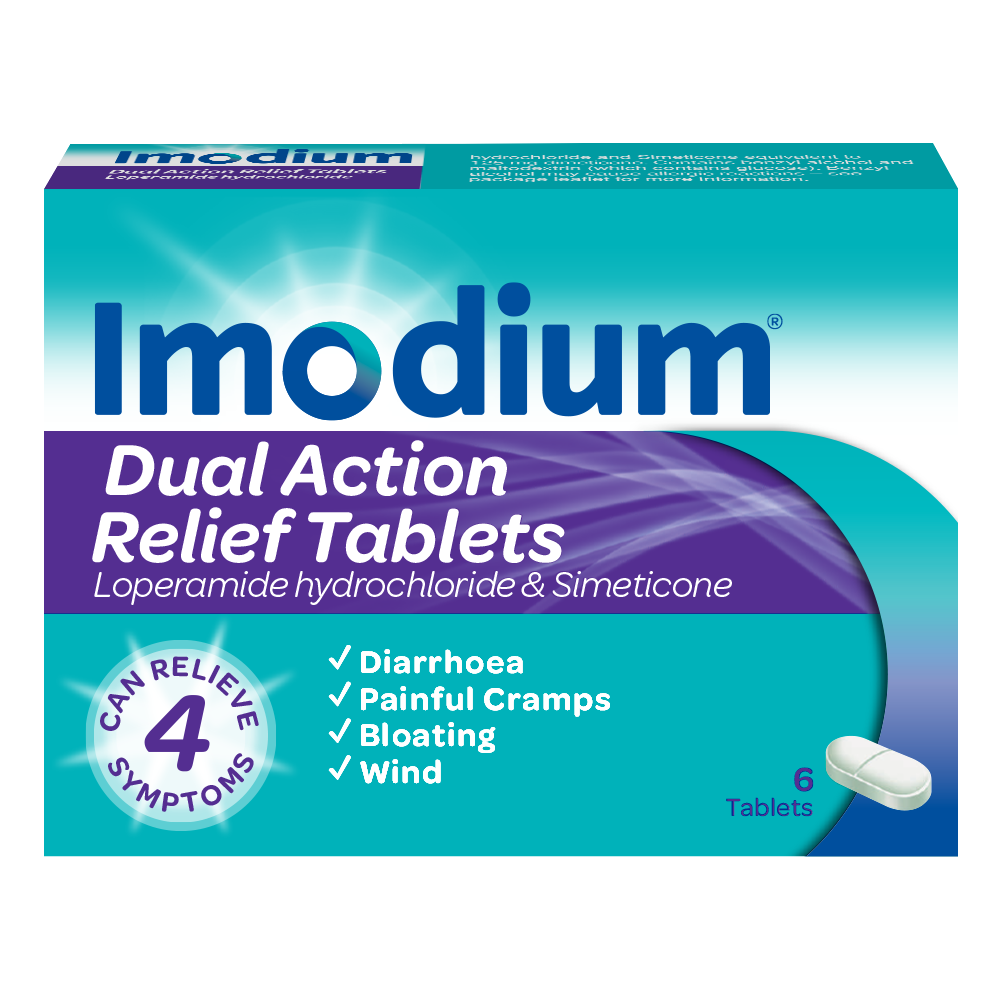
How to Effectively Make a Video Slow Motion for Stunning Results in 2025
Video content has become an essential part of storytelling, especially in the realms of social media and cinematic production. Adding slow motion to your videos can enhance the visual experience, making critical moments more memorable and impactful. In this comprehensive slow motion video tutorial, we’ll explore various slow motion editing techniques, the best slow motion video apps, and key tips for capturing stunning slow motion footage. With 2025 just around the corner, let’s get ready to elevate your video editing skills and embrace these advanced slow motion methods.
Discover how to create breathtaking slow motion effects in video with our expert advice on software options and editing tricks that can help you produce professional quality slow motion videos. We will also discuss best practices for achieving smooth, cinematic slow motion styles that resonate with audiences. Whether you're a beginner looking to learn the ropes or a seasoned editor wanting to refine your craft, you're in the right place!
Key takeaways include an overview of the necessary settings for shooting and editing slow motion videos, how to use slow motion to enhance storytelling, and essential video editing tips for smooth slow motion effects. Let’s dive in!

Essential Techniques for Making Slow Motion Videos
Building on our introductory concepts, it’s time to delve into practical techniques for creating slow motion videos. Mastering the basic techniques ensures you have a solid foundation as you experiment with various editing software and apps. Here are the key steps to get started:
Understanding Frame Rates for Slow Motion Video
Frame rate is crucial when making slow motion videos. Standard video playback is usually at 24, 30, or even 60 frames per second (fps). However, for impactful slow motion footage, you’ll want to shoot at a higher frame rate – typically 120 fps or above. This allows you to capture more frames per second, resulting in smoother motion when you slow it down for editing.
Different cameras have varied capabilities, so it's vital to check your device's specifications and select a camera that supports high frame rates. Beginners may opt for affordable slow motion video apps while more advanced users may consider investing in high-quality slow motion cameras.
Capturing the Perfect Slow Motion Footage
When shooting slow motion, lighting becomes a key factor. Ensure your scenes are well-lit to avoid grainy footage. Natural sunlight can enhance your shots but under artificial lighting, compensate with brightness adjustments. To achieve the best results, incorporate techniques like framing and angles that enhance movement. Look for dynamic actions such as athletes in motion, waterfalls, or anything that has strong action to utilize slow motion effectively.
Using Slow Motion Editing Software
Several editing software options can help you achieve stunning slow motion effects. For beginners, user-friendly mobile editing apps can streamline the process. However, professional editors may prefer more advanced software like Adobe Premiere Pro or Final Cut Pro, which provide extensive tools for slow motion editing. Each piece of software has its learning curve, so it may take some time to perfect your workflow.
Applying Slow Motion Effects in Editing
Upon completion of your initial shots, the next step is to apply slow motion effects in your editing software. You can achieve this effect by changing the speed settings on your footage. Most editing software will have a speed time manipulation feature that allows you to control playback speeds accurately. When applying these effects, make sure to preview your edits to maintain a natural flow, adjusting as necessary to prevent unnatural motion blur.
These essential techniques serve as the foundation for creating stunning slow motion videos. With these basics established, let's explore advanced methods to further enhance your slow motion editing.
Advanced Slow Motion Video Editing Techniques
Taking our slow motion editing journey further, let's explore advanced techniques that can elevate your videos and captivate viewers. Here, we will discuss the impact of transitions, music, and framing to convey emotion and detail within each frame.
Mastering Slow Motion Video Transitions
Transitions play a crucial role in maintaining the narrative flow within your video. While transitioning from normal speed to slow motion, be creative! Utilize techniques such as cross-dissolves or fading in and out to make for seamless shifts between speeds. Smooth slow motion video techniques will not only keep your audience engaged but also enhance your storytelling.
Incorporating Music with Slow Motion Effects
The choice of audio can make or break your slow motion video. First, select a piece of music that matches the pacing of your footage. Try syncing key slow motion moments to musical beats or crescendos for a dramatic effect. This creates a powerful emotional response in the viewer, which is particularly effective for social media video content.
Creating Cinematic Slow Motion Scenes
Cinematic slow motion techniques often involve using movement-focused framing, allowing viewers to immerse themselves in the scene. Explore creative angles and perspectives, such as shooting from above or below, to capture a unique view of your subject's actions. Also, consider using camera movement, like steady tracking shots, to give depth to your slow motion sequences.
Editing Tips for Dynamic Slow Motion
Editing slow motion videos can involve additional enhancements, such as color grading, to achieve a more professional look. Take the time to experiment with filters and color adjustments within your editing software to ensure the final product resembles high-quality slow motion footage. Also, be aware that too much slow motion may detract from the narrative. Using slow motion sparingly can make the effect more impactful.
As we explore further into integration and sharing, let’s now discuss practical aspects of capturing and utilizing slow motion video techniques in various settings.
Tips for Capturing Slow Motion Footage
With advanced techniques mastered, understanding how to apply these settings when shooting can yield higher quality slow motion videos. Let’s now focus on practical tips for capturing slow motion effectively in various scenarios.
Choosing the Right Slow Motion Recording Device
Your choice of device significantly impacts your slow motion recording quality. High frame rate recording is best achieved with professional cameras or certain smartphones designed for video production. Check for devices with high-speed video capabilities—look for slow motion video settings that can achieve 120 fps or higher. These choices influence the overall quality of your footage and the harshness of motion blur.
Slow Motion Video Settings for DSLR Cameras
If you are using a DSLR, take the time to adjust your camera settings before shooting. Select the correct frame rate, and ensure that your shutter speed is appropriately set to prevent any unwanted motion blur. A good rule of thumb is to keep the shutter speed about double your frame rate. This will maintain clarity and smoothness in your slow motion footage.
Practice Effective Slow Motion Recording Techniques
Regardless of the device, effective slow motion recording often benefits from stability. Use tripods or gimbals to minimize camera shake, especially when shooting dynamic scenes. Additionally, test different angles for an innovative touch and encourage creativity during filming sessions.
Learning from Slow Motion Video Examples
Experimenting with your techniques can provide valuable insight. Studies of slow motion video examples can inform your shooting and editing processes, drawing inspiration for creative methods from other videos you admire. Recognizing what resonates with viewers can help shape your style and approach to slow motion video production.
These capture tips serve as a springboard for your slow motion video projects. Now that we’ve covered the capture and editing process, it’s time to explore tools and apps that streamline slow motion video creation.
Best Slow Motion Video Apps and Software
With the evolution of technology, there are countless options for slow motion video editing software available, catering to both novices and professionals. Here’s a look at some of the best tools that can elevate your slow motion video editing experience.
Affordable Slow Motion Video Apps
Several mobile applications provide accessible platforms for making slow motion videos directly from your smartphones. Popular choices include FilmoraGo, iMovie, and PowerDirector— all offering intuitive interfaces that introduce beginners to fundamental slow motion editing techniques. These apps are cost-effective, bringing your vision to life without breaking the bank and available on both iOS and Android platforms.
High-Quality Slow Motion Video Tools for Professionals
For professional videographers, software like Adobe Premiere Pro and Final Cut Pro stand out among the options. These powerful editing suites offer advanced capabilities for creating cinematic slow motion effects. Features like keyframe adjustments and speed graphs enhance the editing process, allowing for granular control over every aspect of your footage.
Video Editing Workflows for Slow Motion
Adopting an organized workflow for your slow motion video projects can improve efficiency. Plan your shots in advance, categorize footage based on scenes, and establish a clear timeline while editing. Create a systematic approach for adding slow motion effects, ensuring you remain focused on the storyline and emotional arc of the narrative.
Sharing Your Slow Motion Masterpiece
Once your slow motion video is complete, the goal shifts to sharing your work with the world. Consider the best platforms that resonate with your target audience. Popular choices include YouTube, Instagram Reels, and TikTok, each offering unique features and audiences for engaging visual storytelling. Always keep the principles of video storytelling in mind; this helps optimize how your content is perceived and shared.

Frequently Asked Questions About Slow Motion Video
What Frame Rate Should I Use for Slow Motion Videos?
For effective slow motion, aim for a frame rate of 120 fps or higher. This allows for smoother playback when slowed down, resulting in a more professional quality of the final video.
Can I Add Slow Motion Effects After Recording?
Yes, most editing software allows you to adjust the speed of video clips, applying slow motion effects even after recording. Just ensure that the footage was recorded at a high frame rate for the best results.
What Are the Best Apps for Making Slow Motion Videos?
Some of the best apps include iMovie, FilmoraGo, and Adobe Premiere Clip. These tools are user-friendly and tailored for different levels of expertise, enhancing your slow motion video editing experience.
How Can I Ensure My Slow Motion Footage Looks Professional?
To achieve polished slow motion footage, ensure you shoot in well-lit conditions, use high-quality equipment, and apply effective editing techniques such as color grading to enhance visual appeal.
How Important is Music in Slow Motion Videos?
Music can significantly enhance the emotional impact of slow motion videos. Syncing key moments of motion with musical beats creates a powerful viewing experience, making it essential in the editing process.
As you embark on your journey to create stunning slow motion videos in 2025, remember that experimentation and practice are keys to mastering this engaging editing medium. Keep refining your skills, learn from every project, and enjoy the creative process of storytelling through slow motion!